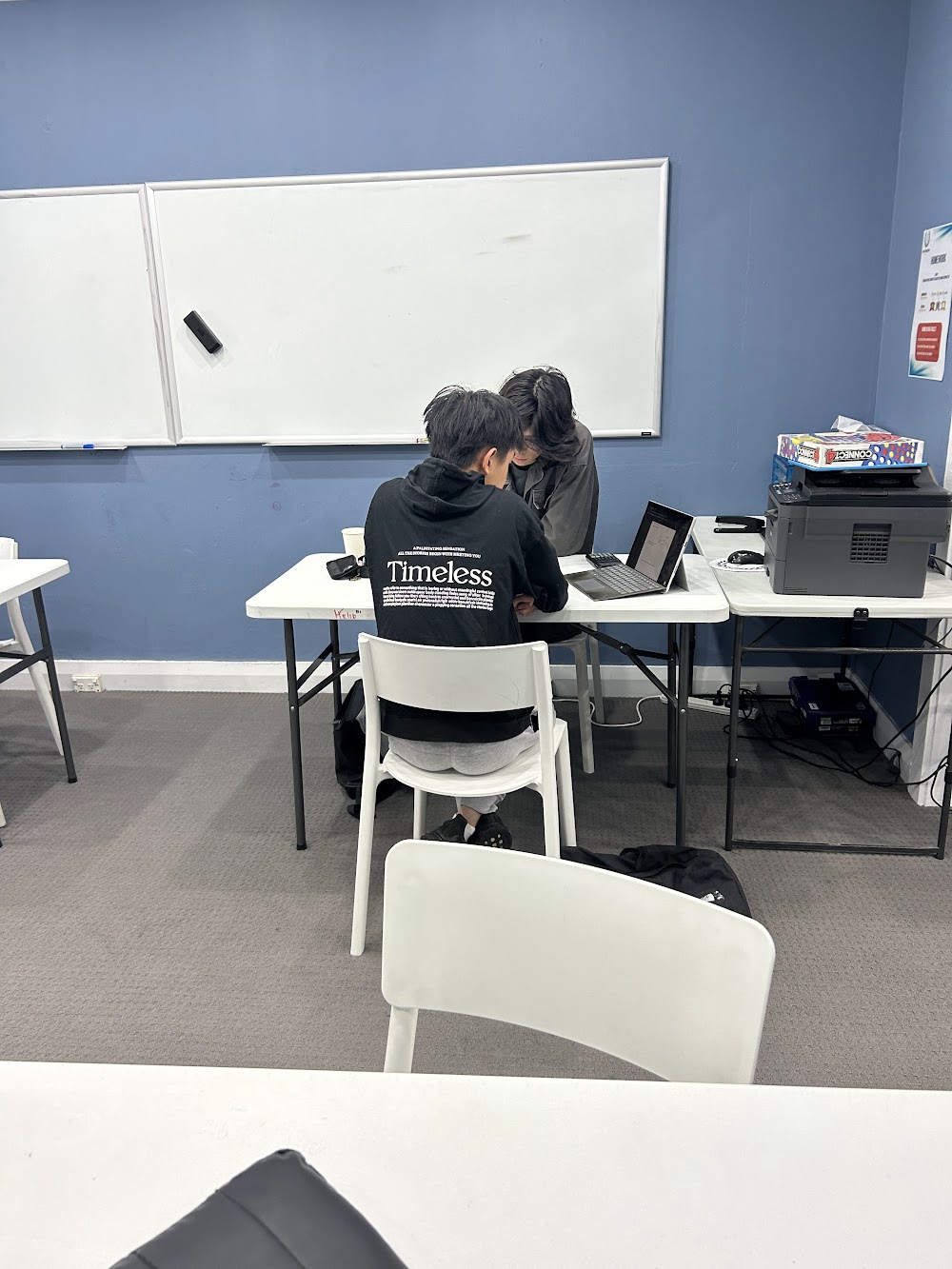
I had the opportunity to observe Luka’s Year 10 Mathematics session, which centred on trigonometry, with particular focus on solving problems involving bearings, angles, and sides of right-angled triangles. The lesson began with a recap of the trigonometric ratios — sine, cosine, and tangent — before applying them to more practical navigation-style contexts. Bearings were introduced as a way of expressing direction, and the teacher demonstrated how trigonometry could be used to calculate distances and angles when moving between points on a map.
Luka engaged well with the material, particularly when the problems were framed in real-world terms. He was able to identify the key sides of the triangle (opposite, adjacent, hypotenuse) and select the appropriate trigonometric ratio when solving for unknown side lengths. When tasked with finding unknown angles, Luka showed confidence in rearranging the formula, carefully using the inverse trigonometric functions on his calculator. The introduction of bearings provided an additional layer of complexity, as it required Luka to link his trigonometric calculations with compass directions and standardised angle measurements from north. While he initially found this challenging, he improved as the teacher modelled step-by-step worked examples.
Overall, the session was an effective demonstration of how trigonometry can be taught through scaffolded examples that connect to practical applications. Observing Luka’s learning emphasised the importance of contextual problems, such as bearings, in motivating students and showing the real-world value of mathematics.
Alexander Nikitopoulos

